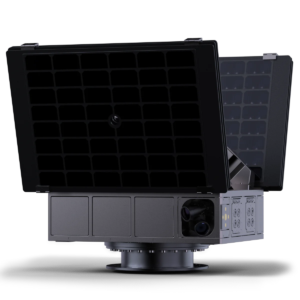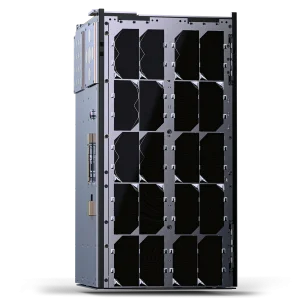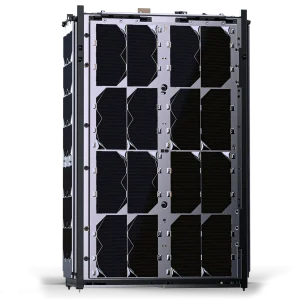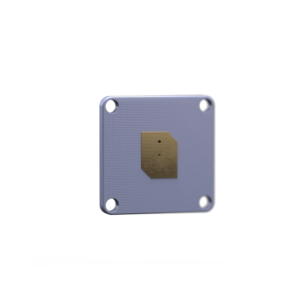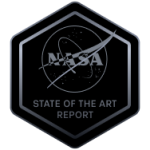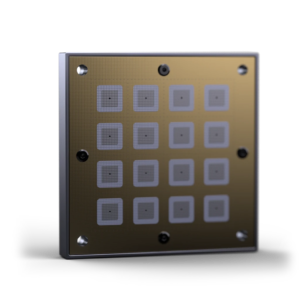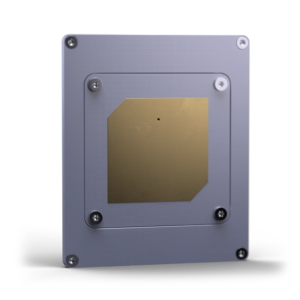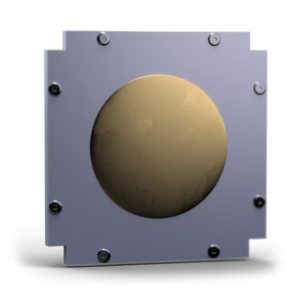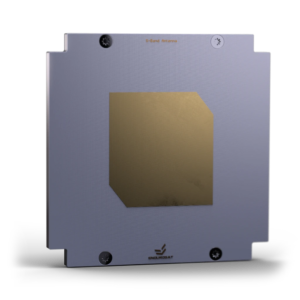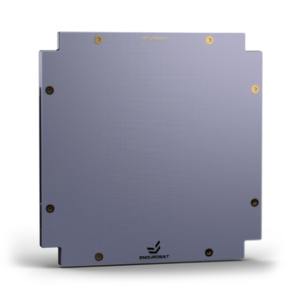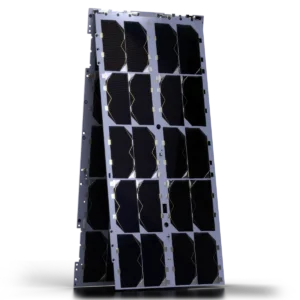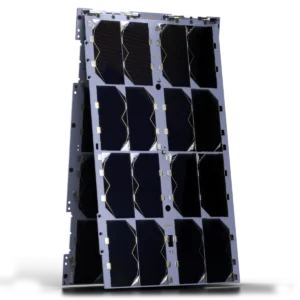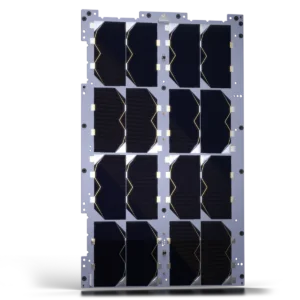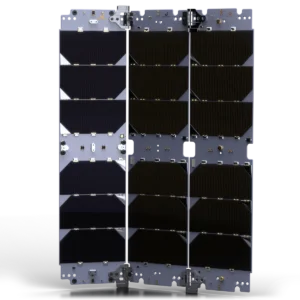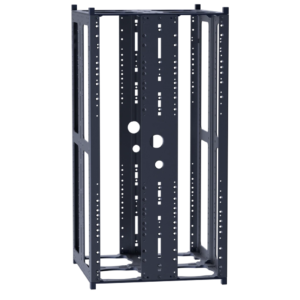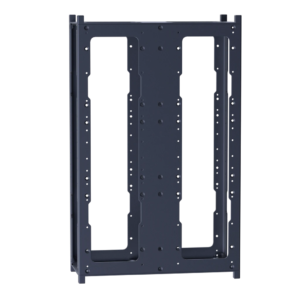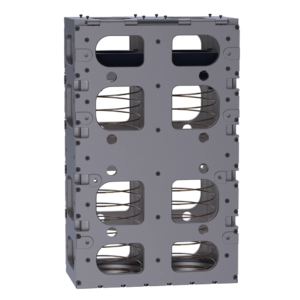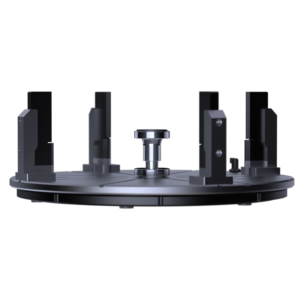Reimagining Humanity’s Approach to Space Exploration
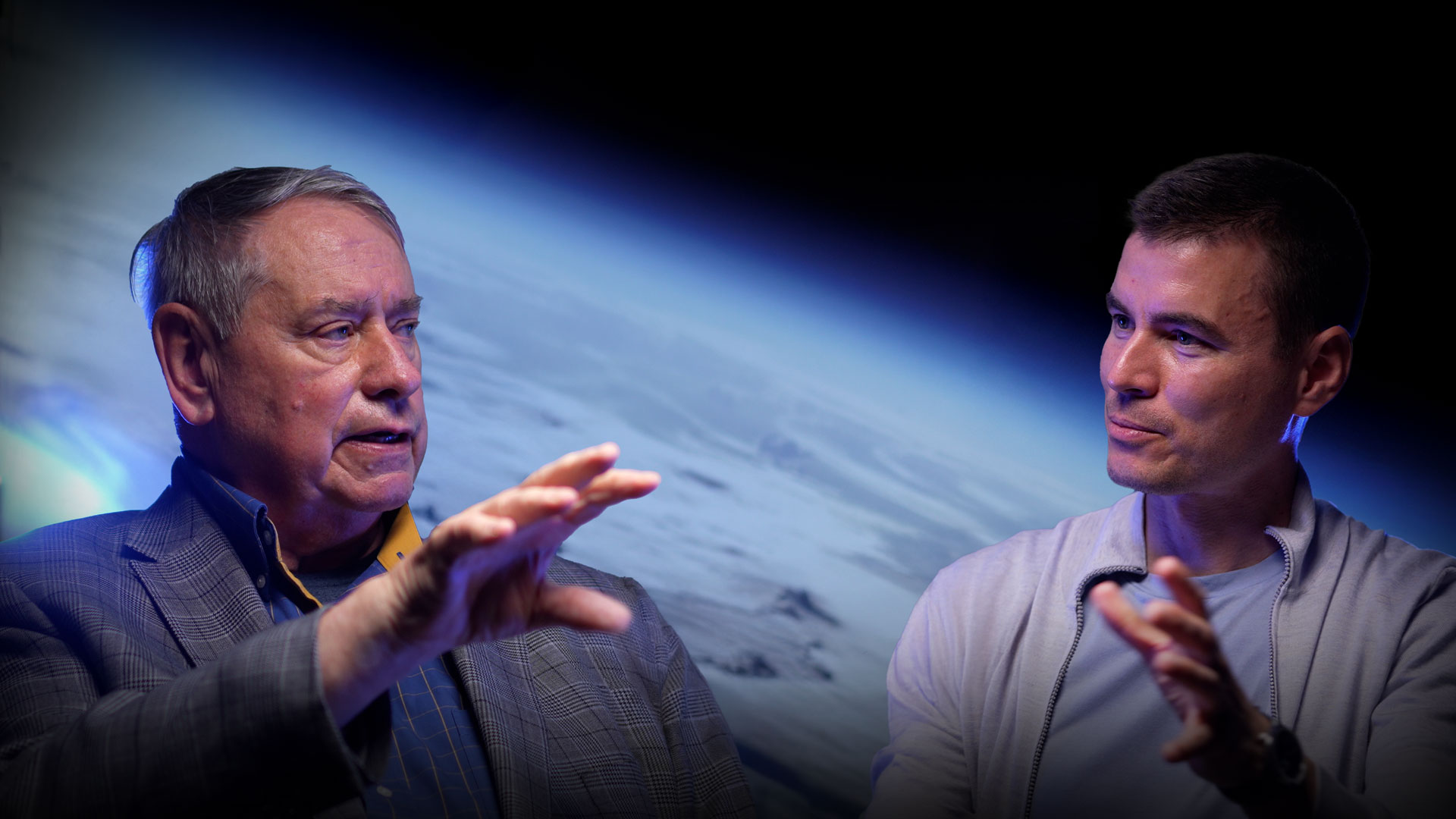
- Primary Obstacle: Humanity’s biggest barrier to interstellar travel is our own Earth-centric thinking, not technology.
- Search for Life: We must expand our search for alien life beyond Earth-like conditions, exploring possibilities in Venus’s acid clouds and Mars’ “toxic” soil.
- Future of Propulsion: The path to the stars isn’t chemical rockets, but breakthrough concepts like light sails—tiny probes pushed by powerful lasers to a fraction of the speed of light.
- A New Model for Settlement: The most efficient way to colonize other worlds may be to send engineered biological systems and AI ahead of humans.
- AI as a Partner, Not a Tool: The future of scientific discovery lies in deep, creative partnerships between humans and AI, as demonstrated by Worden’s collaboration with an AI avatar of Arthur C. Clarke.
- The Cultural Barrier: The greatest challenge to ambitious space projects is often institutional resistance and a lack of imagination, which new generations must actively overcome.
The greatest barriers to humanity becoming a truly multi-planetary species aren’t technological—they’re conceptual. Our Earth-bound perspectives fundamentally limit our imagination, funding priorities, and research directions in space exploration. From our narrow definitions of life to conventional propulsion paradigms and antiquated visions of human settlement, terrestrial thinking threatens to keep us confined to our solar neighborhood for centuries longer than necessary.
“I think that the future of our civilization will expand in our solar system and eventually go interstellar,” noted Pete Worden, former Director of NASA Ames Research Center, in a recent The Frame Podcast. “Once we do that, I think our civilization will last for billions of years.”
But achieving this future requires shedding multiple forms of Earth-centric thinking across several domains simultaneously.
Our search for extraterrestrial life remains stubbornly fixated on finding conditions resembling Earth—liquid water, oxygen, moderate temperatures. This narrow view blinds us to potential life forms adapted to environments we consider hostile.
“There’s increasing evidence there’s something very interesting going on,” Worden explains about Venus’s upper atmosphere. “I think we’re going to find that the upper atmosphere of Venus, which although it has sulfuric acid, the temperature and pressure is about the same as it is in this room, is permeated with a strange form of life that probably uses sulfuric acid as a solvent. So the range of where life could be is incredible.”
Similarly, the perchlorate-rich Martian soil, typically viewed as toxic to life, might actually serve as an energy source for properly adapted organisms.
Key Insight: The universe likely hosts life forms using chemical pathways fundamentally different from terrestrial biology. Our search strategies must expand accordingly, looking not just for Earth analogues but for any system capable of maintaining complex, self-replicating patterns.
Chemical rockets—our primary space transportation technology—are fundamentally limited by the Tsiolkovsky rocket equation. After a century of incremental improvements, they remain woefully inadequate for interstellar travel, requiring thousands of years to reach even the nearest stars.
Breakthrough Starshot, which Worden leads, represents a fundamental paradigm shift—attacking the mass variable rather than the propulsion variable. “The way we looked at that, we think can work, is that you build a really small spacecraft, just a few grams. You attach it to a light sail, which is five to ten meters across, and you hit it with a very powerful laser, 100GW or more. That pushes it to 20% the speed of light,” he described.
This approach challenges conventional thinking about propulsion itself. Worden elaborates: “I’m very excited about light sails. The age of sailing ships in the solar system is beginning again. You can use sunlight, and we’re looking at both with breakthrough initiatives and with other programs at using light sails in our own solar system to sail around the solar system so you don’t have to have fuel.”
Perhaps most limiting is our vision of space settlement as transplanted human communities requiring Earth-like environments. This ignores the potential of engineered biological systems and artificial intelligence as vanguards of human expansion.
“If you go to the moon or Mars, what you really want is a programable, self-replicating machine, and that’s called biology,” Worden asserts.
Worden’s recent collaboration with an AI avatar of Arthur C. Clarke—trained on the late author’s writings and interviews to function as a genuine co-author—explored Mars terraforming and highlights this symbiotic approach. Their paper proposed creating Earth-Mars cellular symbiosis—analogous to the evolution of eukaryotic cells—where Martian microbes (adapted to handle perchlorates) could be incorporated into Earth cells, benefiting both and creating a pathway to transform Mars.
This model of exploration—sending engineered biological systems ahead of humans—represents a fundamentally different approach to settlement that acknowledges biological advantages over mechanical systems in hostile environments.
The traditional view of AI in space exploration relegates it to a supporting role—running calculations or analyzing data. Yet Worden’s work suggests a far deeper integration, where AI becomes a true collaborative partner.
His creation of what he calls a “resurrected Arthur C. Clarke” that functioned as a co-author on scientific papers suggests a future where human-AI partnerships drive breakthrough thinking. “To me, I think the era of people being able to create their own companions and partners to help them do great things is upon us,” Worden noted.
This portends a future where our interstellar civilization may be a hybrid of biological and digital intelligence—perhaps even a merger of the two.
The scientific establishment itself represents perhaps the greatest terrestrial constraint. Risk-aversion and dogmatic thinking in institutions regularly dismiss ambitious projects like interstellar travel as “science fiction,” ultimately delaying humanity’s multi-planetary future.
“I think it was Max Planck that said that science proceeded one funeral at a time,” Worden observed. “People need to die off and get new ideas.”
For breakthrough concepts—from light sails to fusion propulsion—institutional resistance creates generational delays in development. This affects everyone from investors evaluating next-generation space technologies to policy makers establishing regulatory frameworks that often remain anchored to Earth-based assumptions.
Young scientists entering the field face particular challenges navigating this environment, yet they represent our greatest hope for transcending terrestrial constraints. As Worden advised them: “Don’t take no for an answer. You know, somebody tells you this is impossible, it can’t be done. Then you see rubbish… you know more than they do really.”
Breaking free from terrestrial constraints isn’t merely about technological innovation—it’s about fundamentally reimagining our relationship with space itself. The path forward requires embracing biological-digital partnerships, expanding our conception of what constitutes life, and developing propulsion systems that transcend chemical limitations.
This expanded framework opens possibilities that would seem like science fiction under traditional paradigms: planets terraformed through engineered microorganisms, interstellar probes accelerated by ground-based lasers, and a civilization that spans not just planets but star systems.
Our greatest challenge is not the void between stars but the conceptual void in our thinking—a void we can bridge by abandoning Earth-bound perspectives and embracing the truly alien possibilities that await us. When we finally shed these terrestrial constraints, humanity won’t just reach for the stars; we will become a civilization of the stars, evolving into something as diverse and resilient as the cosmos itself—a species no longer defined by its planetary origin but by its boundless potential to adapt, transform, and endure across billions of years and countless worlds.
This article is based on an episode of The Frame Podcast, hosted by EnduroSat.
Tune in for the complete discussion on your favorite platform.
